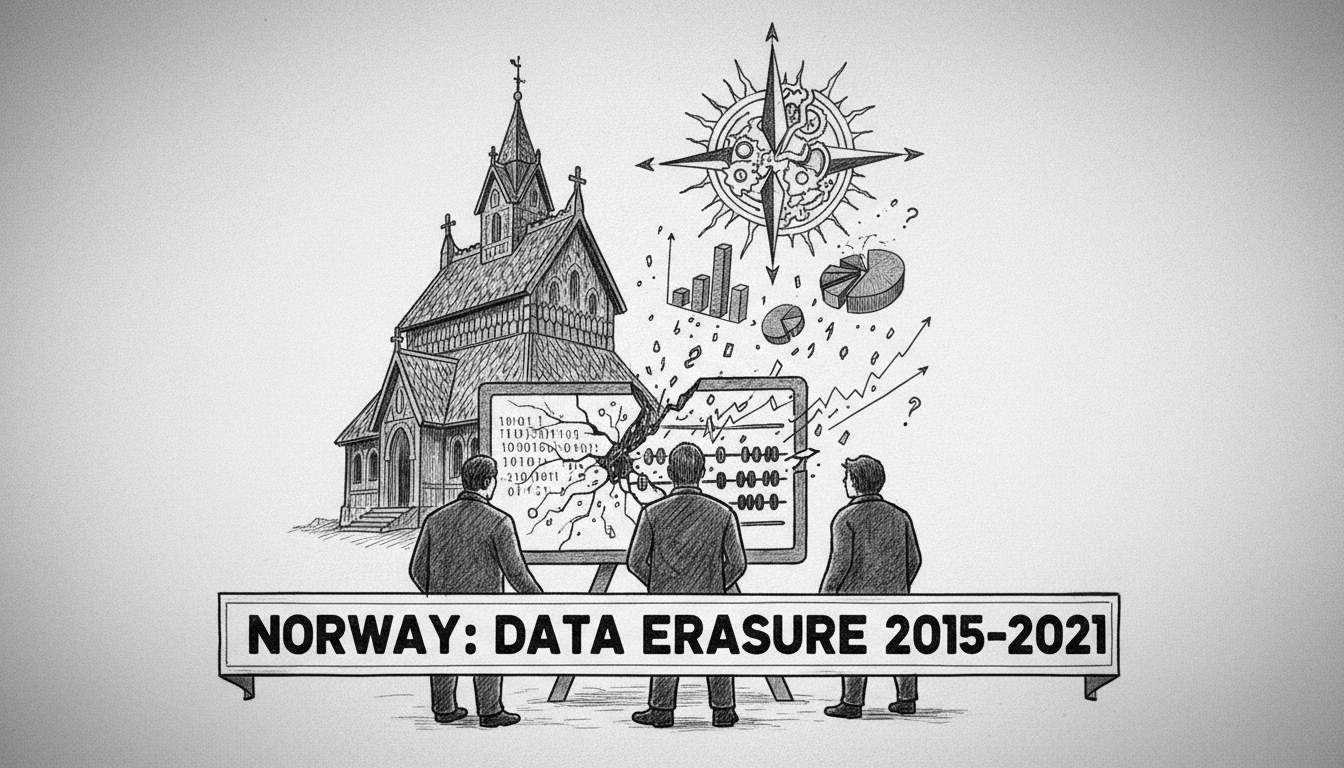Norwegian education authorities have taken the unprecedented step of removing all national test results from 2015 through 2021. The Directorate for Education confirmed the decision after discovering critical errors in their analysis tool.
The agency will unpublish the test data immediately. This affects seven years of educational assessment information used to guide policy decisions across Norway's school system.
Thom Jambak, deputy leader of the Education Association, called the situation serious. He questioned the reliability of educational data collection methods used over the past two decades. The revelation raises concerns about how Norway measures educational performance and allocates resources.
National testing represents a cornerstone of Norway's educational evaluation system. These standardized assessments measure student performance in core subjects. Schools and municipalities use the results to identify improvement areas and direct funding.
The flawed data period covers significant educational reforms and the COVID-19 pandemic. During these years, policymakers made crucial decisions about curriculum changes and resource allocation based on potentially inaccurate information.
This incident echoes previous data reliability issues in Scandinavian education systems. Sweden faced similar challenges with national test scoring in 2018. Denmark also encountered problems with university admission test data in 2020.
The removal affects parents, teachers, and local education authorities who relied on this data. Many used the results to track student progress and school performance over time. Now they must reassess seven years of educational development without reliable benchmarks.
Education officials face difficult questions about quality control procedures. How did flawed analysis tools remain undetected for seven years? What safeguards will prevent similar failures in future assessment systems?
The timing creates additional complications. Norway is currently implementing new national curriculum frameworks. Education policymakers need accurate historical data to measure the effectiveness of these changes.
International education researchers studying Nordic systems will also feel the impact. Comparative studies often rely on consistent longitudinal data from national testing programs.
The Education Directorate must now develop a transparent recovery plan. They need to address both the technical flaws and restore confidence in Norway's educational assessment system. This likely involves independent verification of current testing methodologies and analysis tools.
Norwegian education stakeholders await answers about how this happened and what comes next. The credibility of future educational assessments depends on thorough investigation and meaningful reforms.

